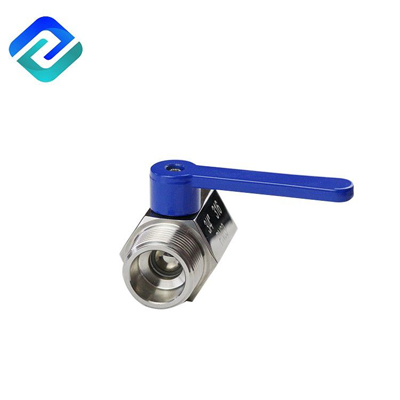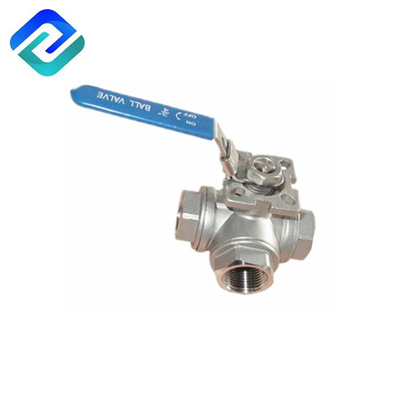Understanding Different Ball Valve Types
Ball valves are essential components in fluid control systems, offering reliable shut-off and control capabilities. They are widely used in various industries due to their simplicity, durability, and versatility. There are different types of ball valves, each designed to cater to specific applications and requirements. Here's an overview of the most common ball valve types:
1. Full Bore Ball Valve:
Design: In a full bore ball valve, the bore or opening through the ball is the same size as the pipeline. This design minimizes flow restrictions and pressure drop.
Applications: Suitable for applications where unobstructed flow is crucial, such as pipelines with high flow rates or viscous fluids.
2. Reduced Bore (Standard) Ball Valve:
Design: In a reduced bore ball valve, the bore is smaller than the pipeline size. This design can lead to some flow restrictions and pressure drop compared to full bore valves.
Applications: Used in various applications where pressure drop is not a significant concern, such as general shut-off applications in industrial settings.
3. V-Port Ball Valve:
Design: The ball of a V-port ball valve has a V-shaped or contoured bore. This design allows for precise flow control by rotating the ball to different positions.
Applications: Ideal for applications requiring accurate flow modulation and control, such as throttling or control systems.
4. Trunnion Ball Valve:
Design: Trunnion ball valves have additional mechanical anchoring at the top and bottom of the ball. This design is suitable for larger and higher-pressure valves.
Applications: Used in applications requiring high pressure and tight shut-off, such as pipelines in oil and gas industries.
5. Floating Ball Valve:
Design: In a floating ball valve, the ball is not fixed in place. It is held in position by the compression of the seats against the ball.
Applications: Commonly used in lower-pressure and smaller-sized applications where tight shut-off is not critical.
6. Trunnion Mounted Ball Valve:
Design: Trunnion mounted ball valves have mechanical anchoring at the top and bottom, preventing excessive movement of the ball. This design is suitable for larger sizes and higher pressures.
Applications: Used in high-pressure applications where reliable shut-off and minimal leakage are crucial.
7. Multiport Ball Valve:
Design: Multiport ball valves have more than two ports or openings in the ball. They allow for complex flow patterns and redirection of flow.
Applications: Used in applications where flow direction changes or mixing of different fluids is required.
8. Three-Way Ball Valve:
Design: Three-way ball valves have three ports and can divert flow between two different outlets or mix flow from two inlets.
Applications: Used in applications where flow direction control or mixing of fluids is necessary.
Conclusion:
Choosing the right ball valve type depends on factors such as flow requirements, pressure conditions, fluid characteristics, and the intended application. Each ball valve type offers unique advantages and is designed to address specific operational needs. When selecting a ball valve, it's important to thoroughly understand your system's requirements and consult with experts to ensure optimal performance and reliability.





